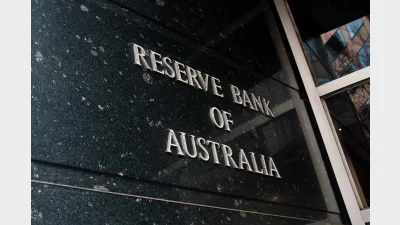Victorian retirees burdened by rising energy costs



Rising energy costs are putting increased pressure on retirees' budgets and those living in Victoria are the hardest hit, the Association of Superannuation Funds of Australia (ASFA) has found.
According to year on year figures from ASFA's Retirement Standard, energy prices rose about 17 per cent over the year and contributed to a rise of 30 per cent over the past two years.
Although living expenses were close to the national average across all categories, Victorian energy costs meant retirees looking to fund a ‘modest' or ‘comfortable' retirement in that state were under more pressure.
ASFA found single retirees in Melbourne needed to spend around $23,024 per annum to fund a ‘modest' lifestyle — 1.6 per cent above the national average — while a couple living a ‘comfortable' retirement would need to spend about $56,888 per annum — 0.9 per cent above the national average.
Health care costs also increased significantly over the 12 months to June, rising 6.6 per cent — in large part because of a 9.9 per cent rise in hospital and medical costs and an increase in health insurance premiums from 1 April, ASFA said.
Across the country, the cost of living increased 2.9 per cent for the ‘modest' category and 2.1 per cent for the ‘comfortable' category compared to a 2.4 per cent increase in the All Groups CPI over the year.
Single Australians needed $430,000 to fund a ‘comfortable' retirement, ASFA said, so people should be saving early. A 30-year-old on $50,000 annually needed to contribute an extra 3 per cent of their wage and those 50 years old with a superannuation balance of $150,000 and $100,000 annual salary would need to salary sacrifice an additional 1 per cent, ASFA said.
Recommended for you
The central bank has announced the official cash rate decision for its November monetary policy meeting.
Australia’s maturing superannuation system delivers higher balances, fewer duplicate accounts and growing female asset share, but gaps and adequacy challenges remain.
Global volatility and offshore exposure have driven super funds to build US-dollar liquidity buffers, a new BNY paper has found.
Less than two in five Australians are confident they will have sufficient assets to retire and almost three-quarters admit they need to pay greater attention to their balance, according to ART research.










